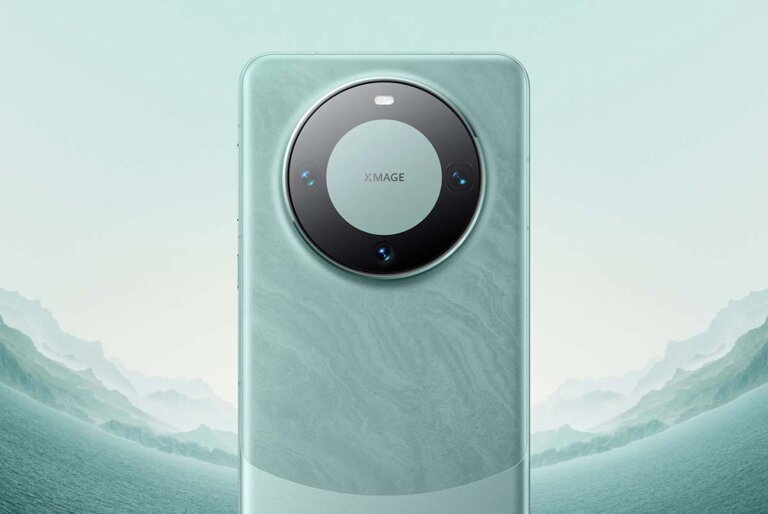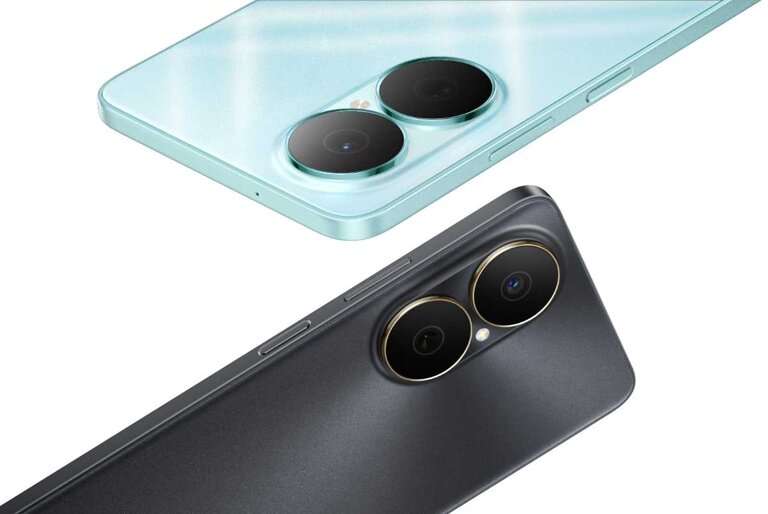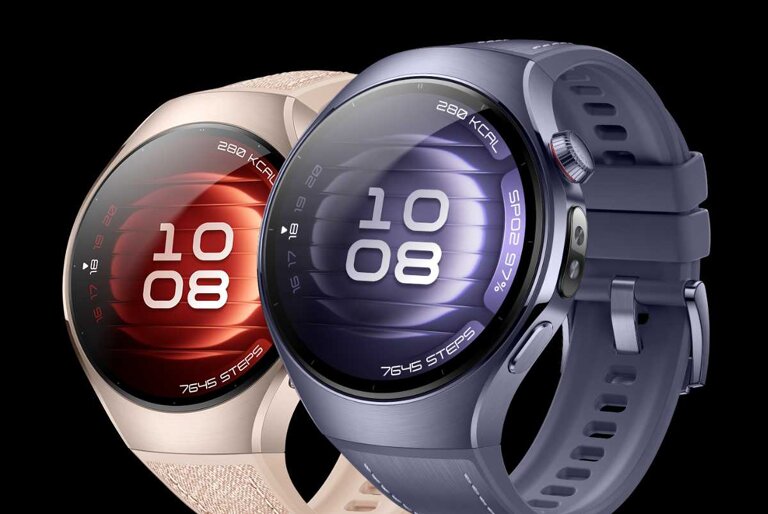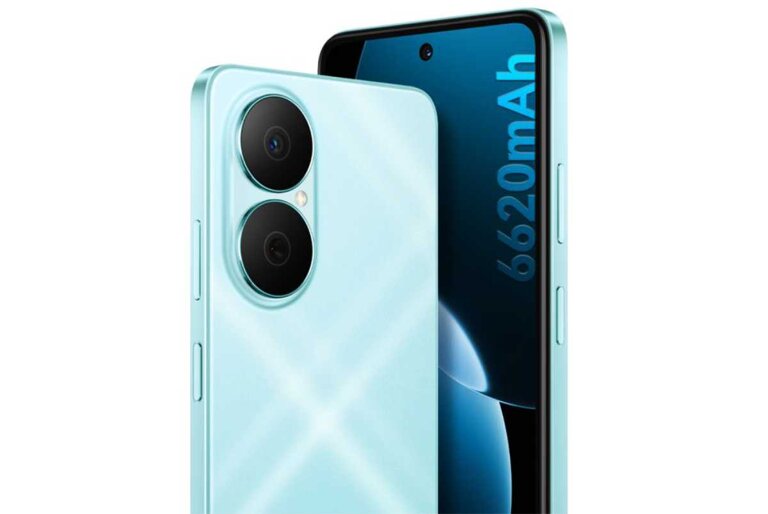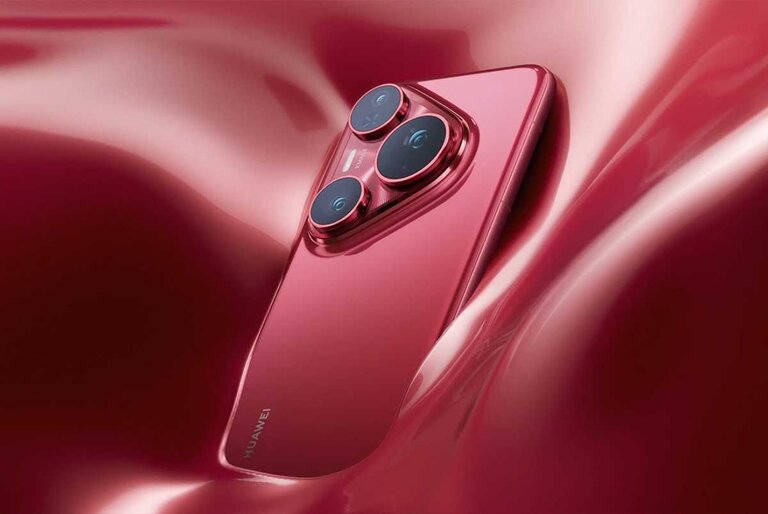Chinese tech giant Huawei, which has been under US sanctions since 2019, has launched a new flagship smartphone that features a chip made in China by its domestic partner, Semiconductor Manufacturing International Corp. (SMIC).
The Mate 60 Pro, which was quietly released online last week, is powered by the Kirin 9000s processor, a 7nm chip that is the most advanced product from SMIC, China’s largest chipmaker. According to a teardown of the handset by TechInsights, a semiconductor research firm, the Kirin 9000s is the first chip to use SMIC’s second-generation 7nm technology and stacking.

The chip also boasts a CPU and GPU based on Huawei’s own microarchitectures, TaiShan and Maleoon, which run at relatively low frequencies compared to previous generations of Kirin chips.
The Mate 60 Pro is a significant milestone for Huawei and SMIC, as well as for China’s ambition to achieve self-reliance in the critical area of semiconductors. The US has imposed export restrictions on both companies, cutting off their access to key suppliers and technologies.
The US sanctions have severely affected Huawei’s smartphone business, which was once the world’s largest. The company has been unable to procure enough chips for its high-end models and has sold off its budget brand Honor to a consortium of Chinese buyers. Huawei’s global market has been declining in recent years.
SMIC, on the other hand, has benefited from the surge in demand for chips amid the global shortage. The company reported a 43% increase in revenue in the first half of 2021 and said it expects to grow by 28% for the full year. Moreover, SMIC has received support from the Chinese government, which has invested billions of dollars in building up its semiconductor industry.
However, SMIC still lags behind the world’s leading chipmakers, such as Taiwan’s TSMC and South Korea’s Samsung, which are already producing chips on 5nm and 4nm nodes. The semiconductor produces chips at the 14nm node, so the 7nm is a big step forward. However, it has not confirmed that it can produce chips on 7nm or 5nm nodes, and has not disclosed how many Kirin 9000s chips it can make for Huawei.

The Mate 60 Pro is currently only available in China, where it sells for CNY 6,999 yuan (~PHP 54,500/USD 960) for the 512GB variant. Huawei has not announced any plans to launch the phone in other markets.
The phone features a 6.82-inch OLED display with a triple punch-hole design, a 50-megapixel main camera with variable aperture, and a 5,000mAh battery with fast charging. The phone runs on HarmonyOS 4.0, Huawei’s own operating system that replaces Google’s Android.
HUAWEI Mate 60 Pro specs
| Display | 6.82-inch LTPO OLED display, 2616×1212, 120Hz refresh rate, 1440Hz high frequency, 300Hz touch sampling rate, PWM dimming, Kunlun Glass 2 |
| Processor | Kirin 9000S Maleoon 910 GPU |
| RAM/Storage | 12GB+256GB 12GB+512GB 12GB+1TB |
| Rear Cameras | 50MP main, variable aperture lens 48MP periscope telephoto, 3.5x optical zoom 12MP ultra-wide |
| Front Camera | 13MP |
| Network | 4G LTE, Dual SIM |
| Connectivity | Wi-Fi 6, Bluetooth 5.2, GPS |
| Others | In-display fingerprint sensor, face detection, USB-C, stereo speakers, IP68 dust and water resistance |
| OS | HarmonyOS 4 (China) |
| Battery | 5000mAh battery, 88W wired and 20W wireless fast charging |


